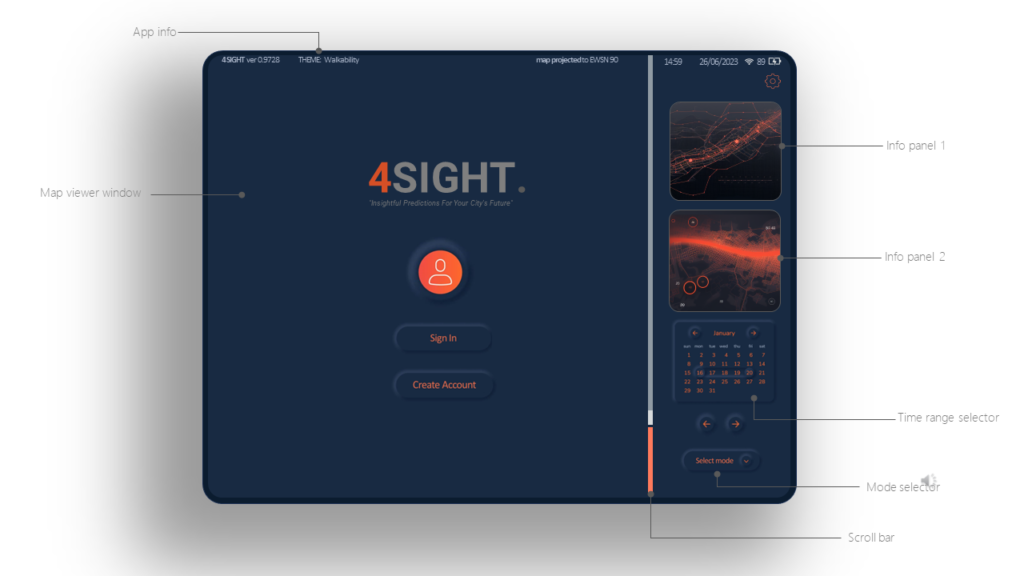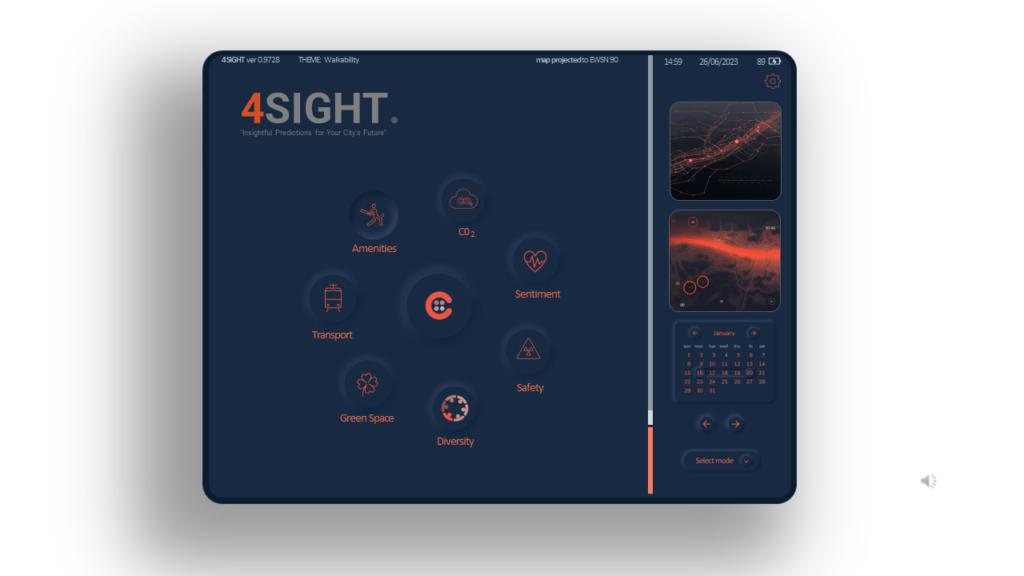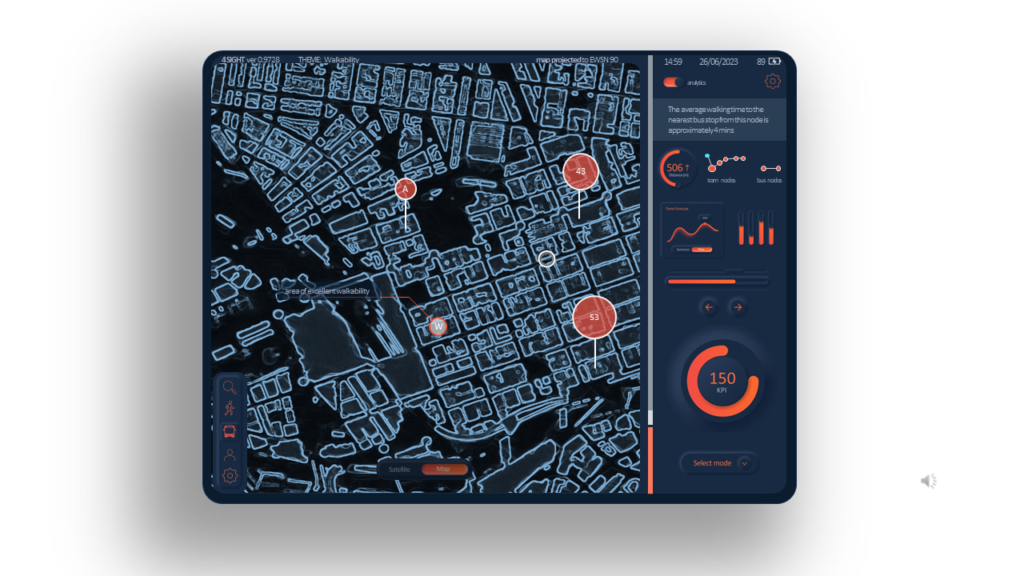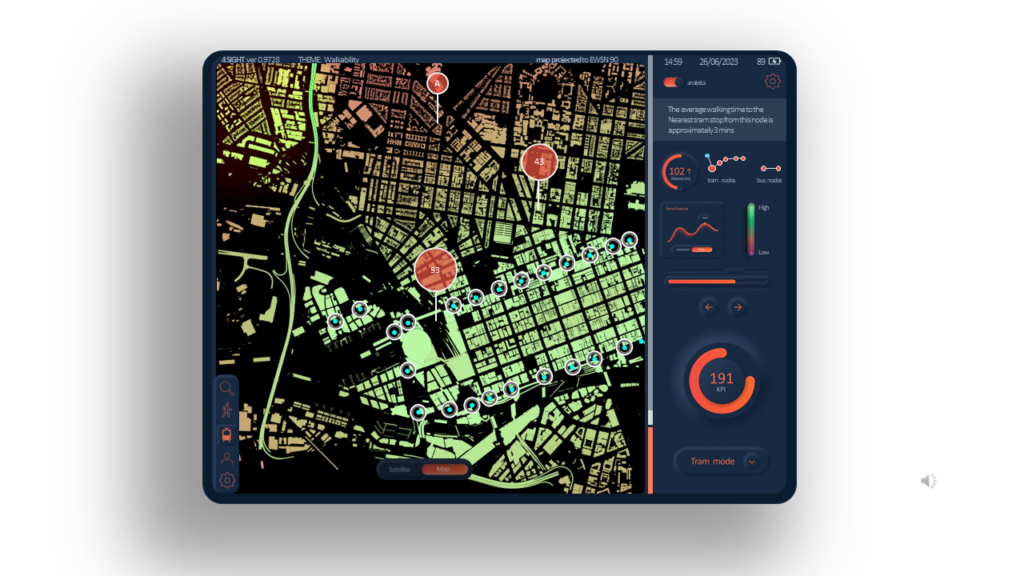Insightful Predictions for Your City’s Future.
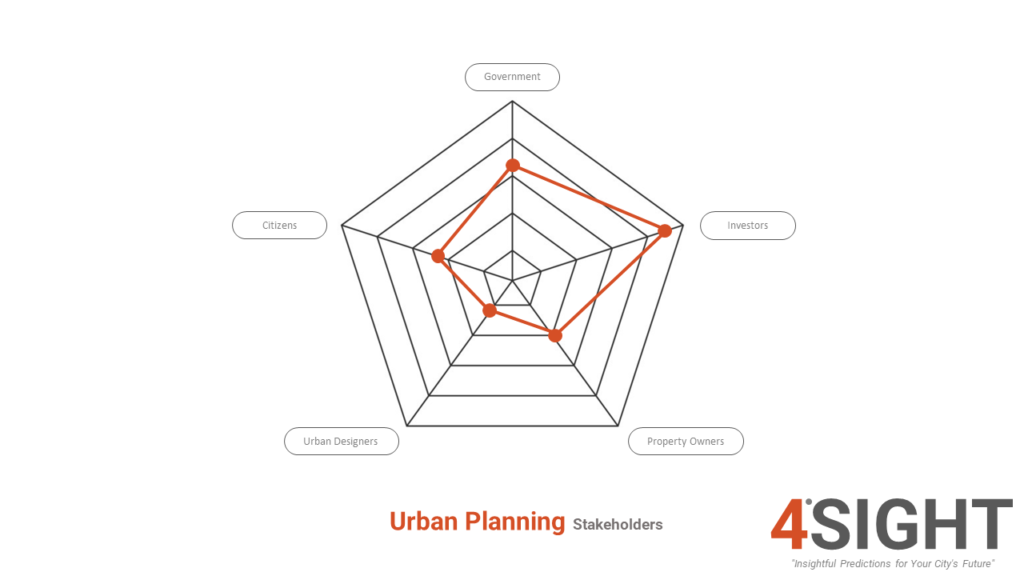
The purpose of Foresight is to leverage the capabilities of machine learning to anticipate the potential effects of novel urban infrastructure on the city’s fabric and the value of city blocks.

Foresight aims to serve as a preliminary design tool, with the ability to swiftly process vast amounts of existing and proposed urban data. The overarching objective is to facilitate the construction of a balanced city, serving a diverse range of stakeholders. Foresight’s target audience is broad, encompassing individuals such as average citizens, property owners, urban planners, investors, and municipal authorities. The aim is to define value, a term that bears distinct meanings to different stakeholders.
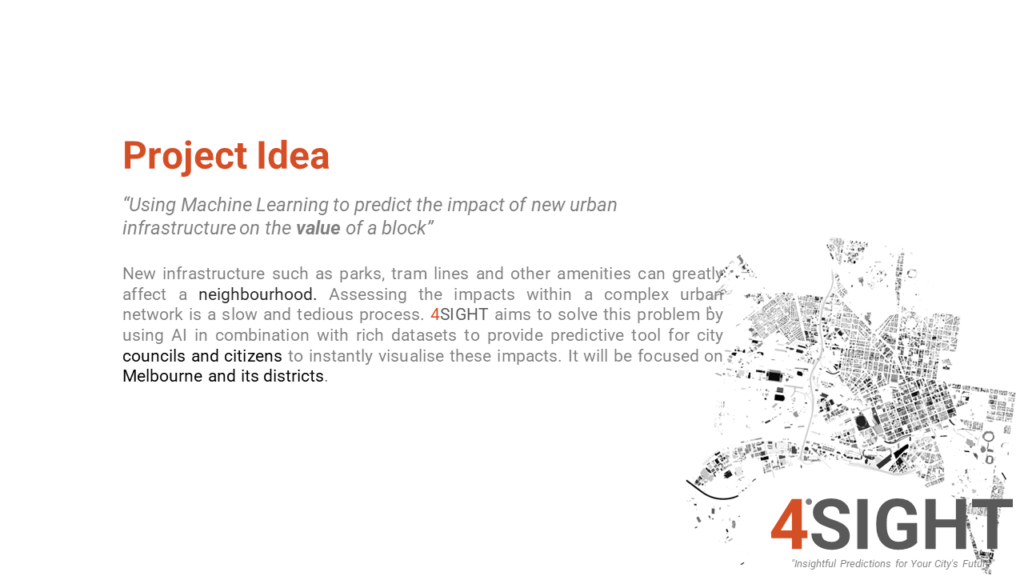
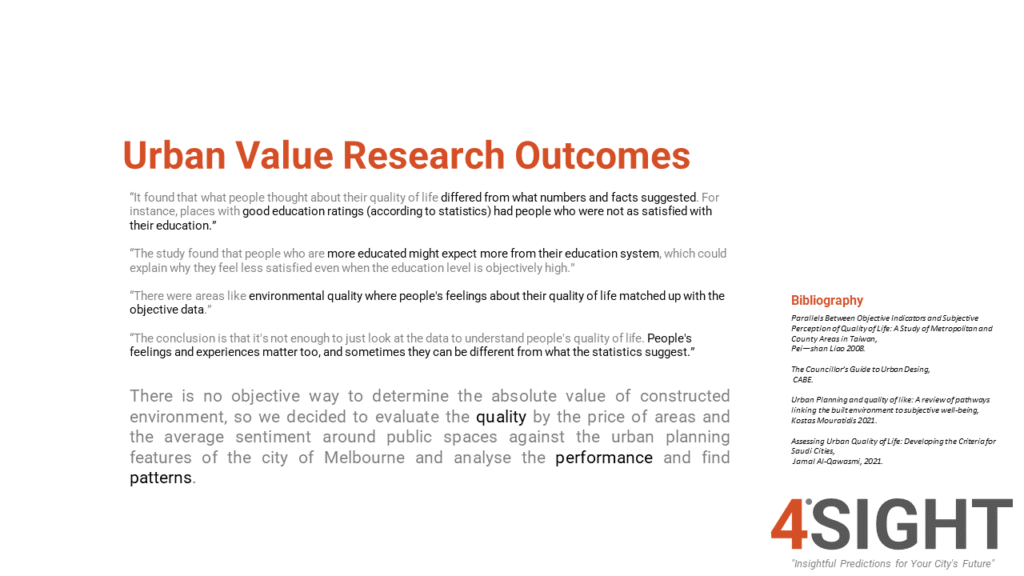
A substantial amount of effort was invested in achieving a balance among various use cases. An extensive research was conducted to discern if any standard or universally accepted methodologies for evaluating value were in existence. The result indicated the absence of any agreed-upon standards or objective methods for assessing absolute value. Consequently, a unique approach was formulated, which involved assessing price in tandem with sentiment.

The first step in this process involved examining public databases that contained urban planning-related data. This information was processed using a methodology that defined Key Performance Indicators (KPIs). These KPIs, which are commonly linked with changes in property prices and the attractiveness of an area, were assigned a score.
A series of slides follow, providing an illustrative overview of Melbourne’s main data patterns. These include details related to the proximity of buildings to tram and bus stops, the distribution of amenities, the blend of commercial, residential, and office spaces, safety measures, and greenery coverage.
The subsequent portion of the study focuses on value. To circumvent the pitfalls of speculation, prices were compared to average income, with attention given to buildings boasting a favorable proportion. Additionally, public opinion was factored into calculations. This was achieved by analyzing reviews of public spaces such as parks and municipal buildings, with these reviews then averaged across building blocks.
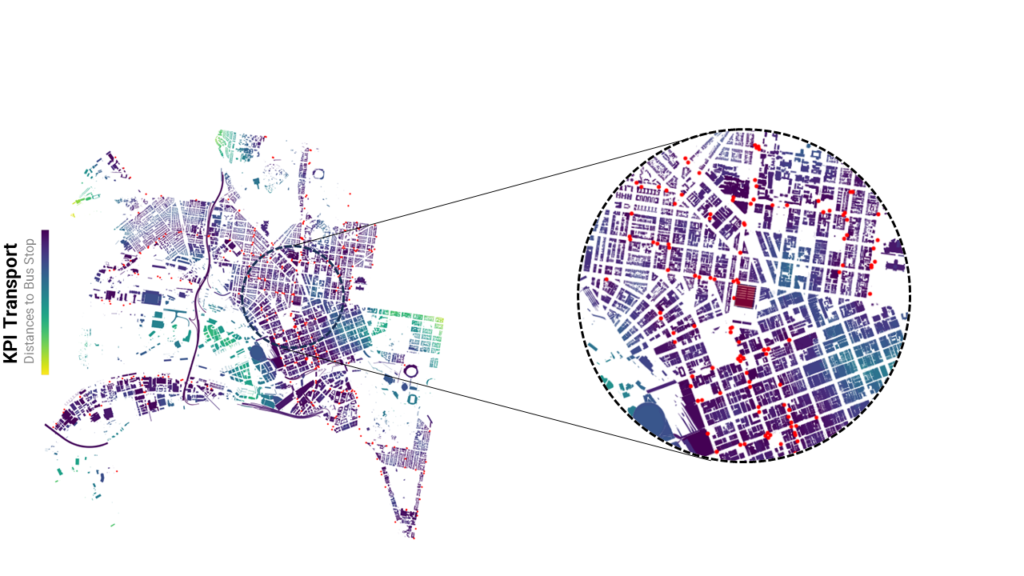
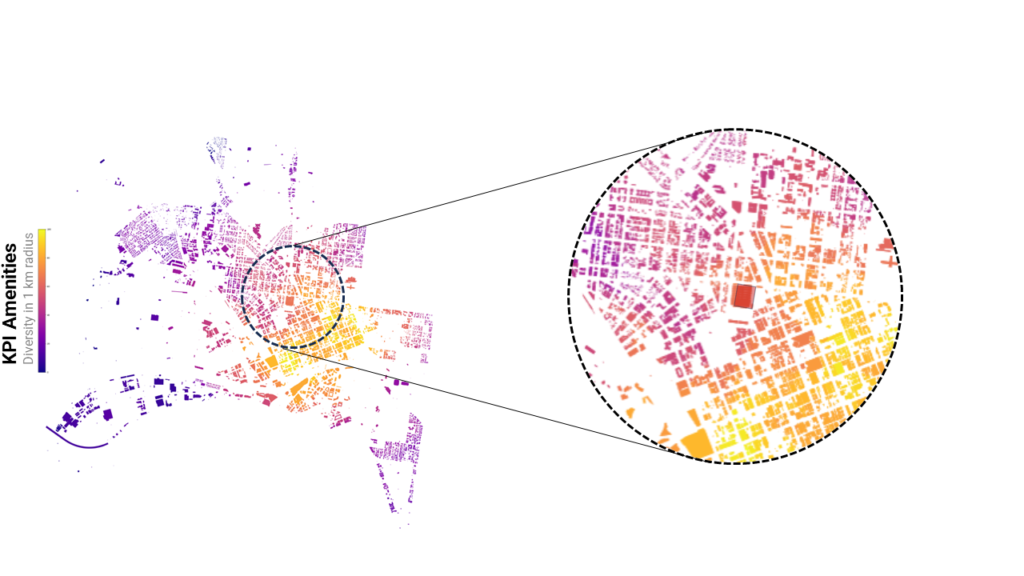
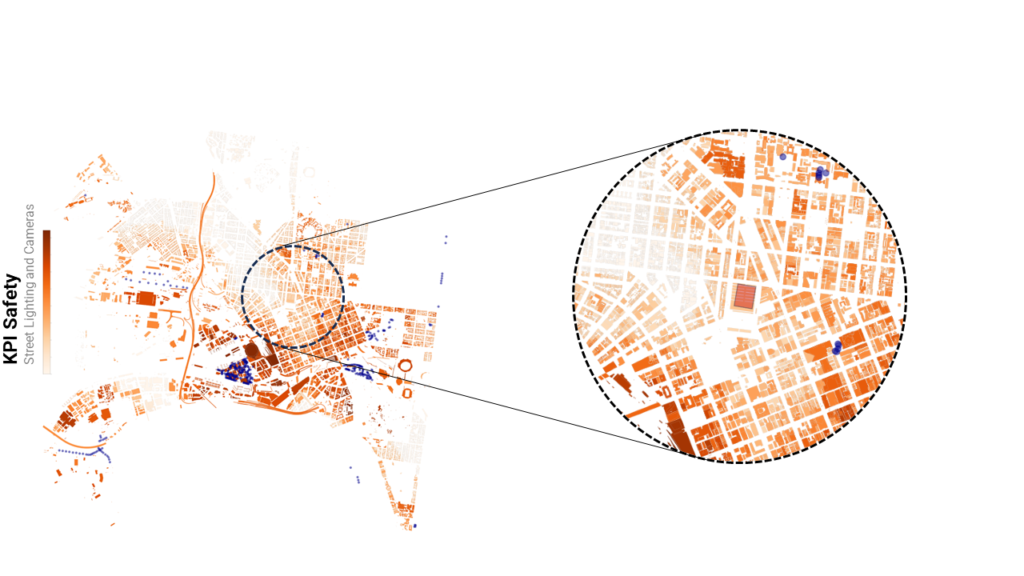
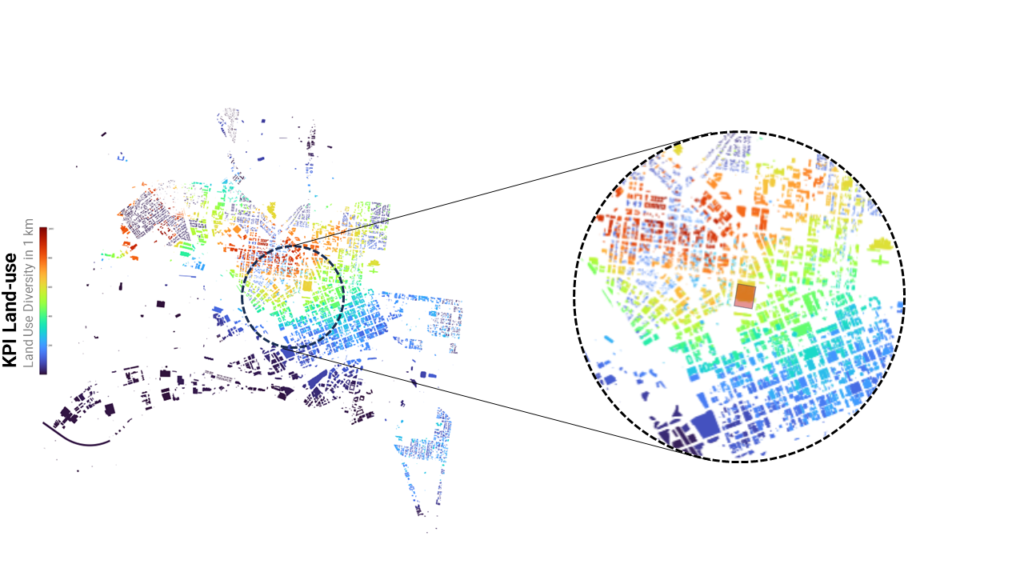
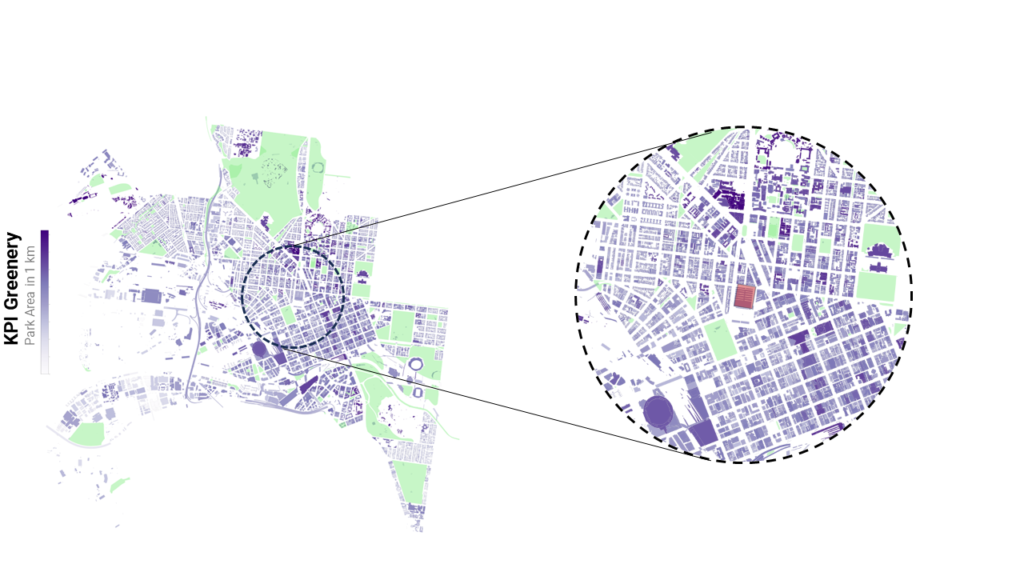
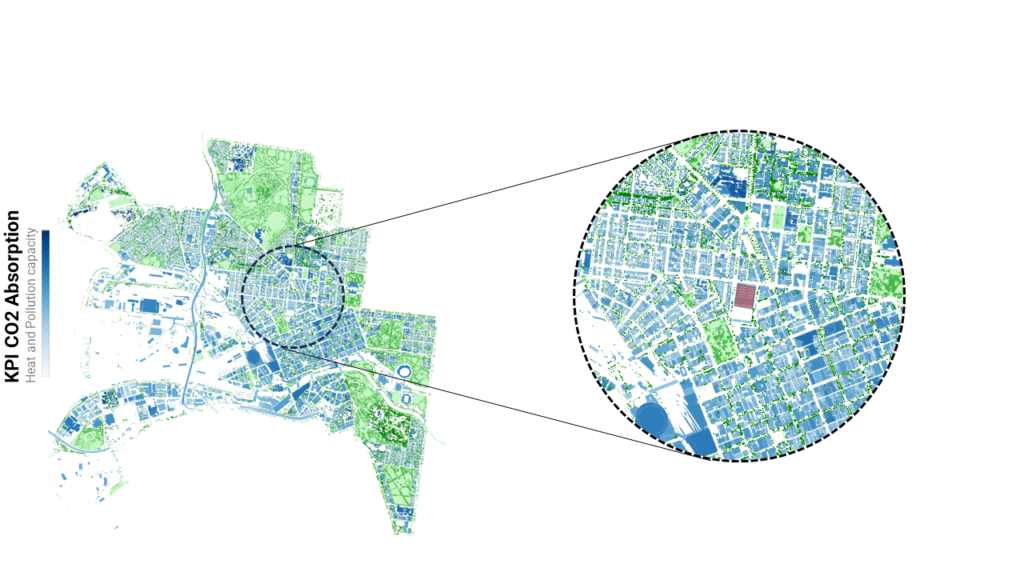
Once the data had been analysed, it was subjected to rigorous analytical evaluation. This process was visualized using histograms of the information KPIs and box plots. These were used to identify and address data outliers. Subsequent steps involved using various plots, such as parallel coordinates plots color-coded by Melbourne’s districts, scatter plots by suburb, and a heatmap, among others.
Data analysis was followed by the application of machine learning and the development of a user interface. The aim was to construct a UI that could present the complex data sets in a straightforward and meaningful way. This included the development of individual components ranging from buttons and sliders to information panels.


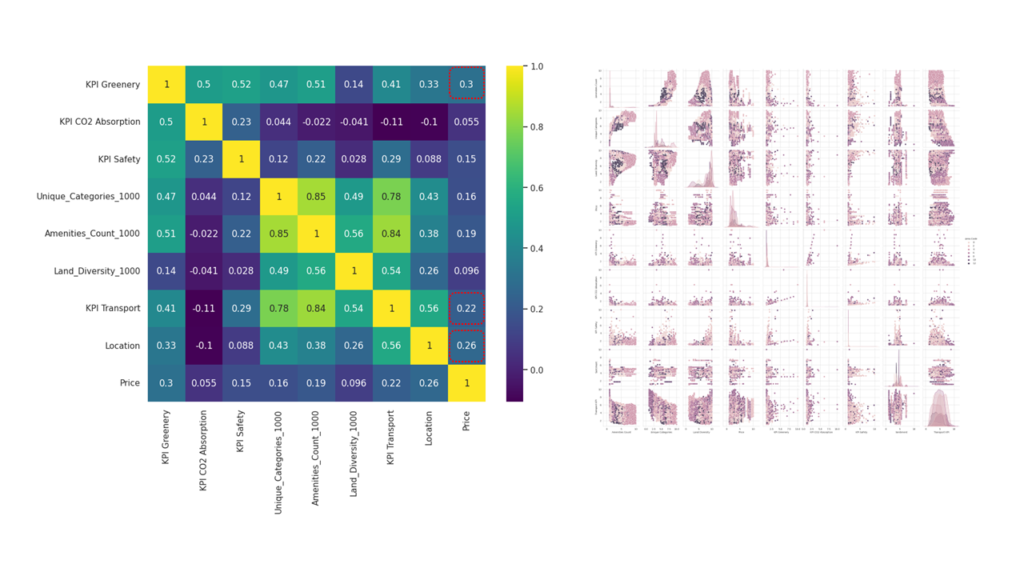
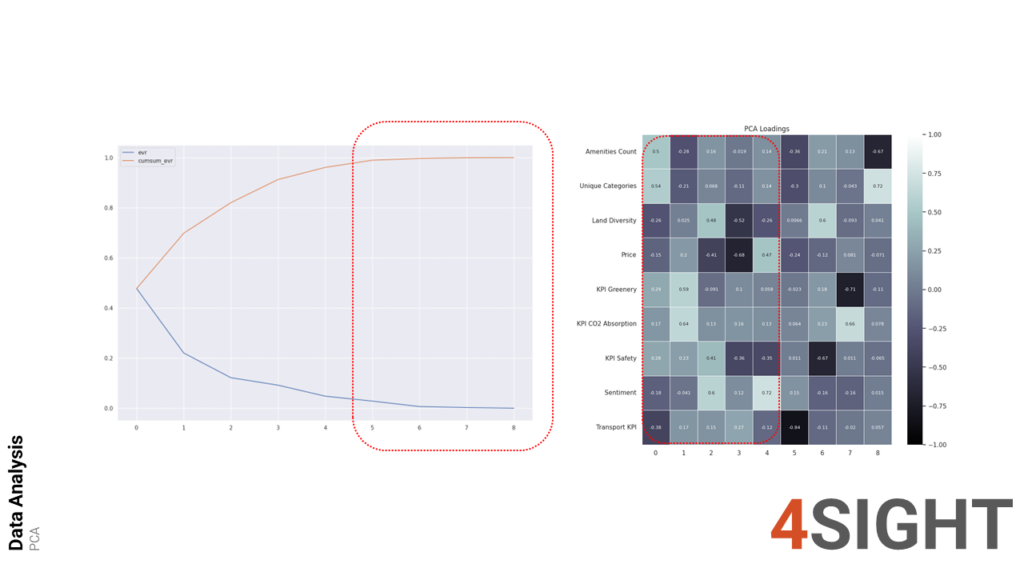

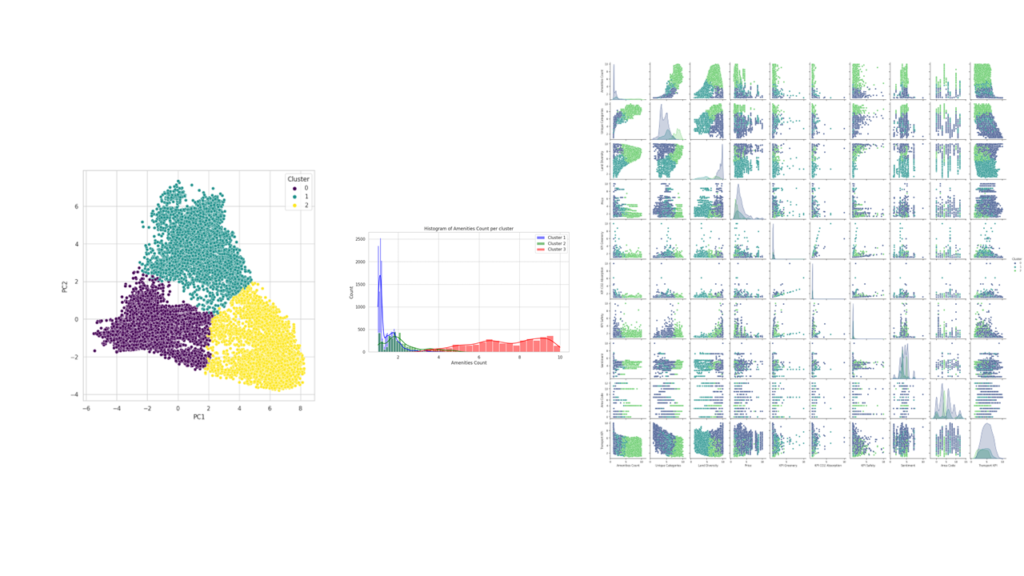

A tour of the app’s interface shows a variety of features. Upon logging in, the user is greeted with a customizable urban dashboard, complete with data summary widgets. The user can then select a theme, such as land use, diversity, amenities, transportation, etc., for scenario planning. The map view provides a visual representation of existing KPIs and potential future KPIs based on proposed urban infrastructure changes.
With Foresight’s development, we believe that a valuable tool has been created for a wide array of users. From ordinary citizens to urban planners, developers, and municipal authorities, we are confident that Foresight can provide valuable insights into urban planning and development. The ultimate goal is to contribute to the creation of a well-balanced city that caters to the needs of all its residents.
